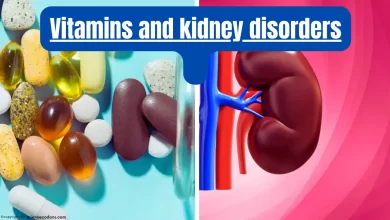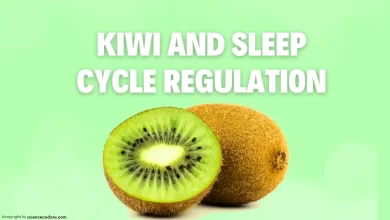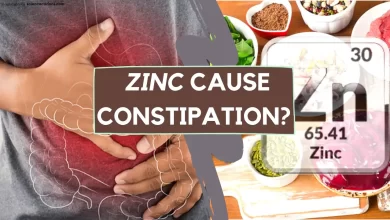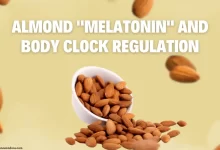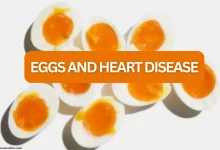Glycolysis is a metabolic pathway that breaks down glucose, a six-carbon sugar, into two pyruvate molecules, a three-carbon compound. Glycolysis produces two molecules of ATP, the primary energy source for cells, and two molecules of NADH, a high-energy electron carrier. Glycolysis takes place in the cytoplasm of the cell and does not require oxygen. Glycolysis is the first cellular respiration step in aerobic and anaerobic organisms.
The products of glycolysis can be metabolized to produce additional ATP and other useful molecules. Pyruvate can enter the mitochondria and undergo the citric acid cycle and oxidative phosphorylation. This process produces additional ATP, NADH, and FADH2, which are all important for energy production. In anaerobic conditions, pyruvate can be converted into lactate or ethanol, which helps regenerate NAD+ and allows glycolysis to continue. NADH can donate its electrons to the electron transport chain in the mitochondria, which drives the synthesis of ATP by a process called chemiosmosis.
